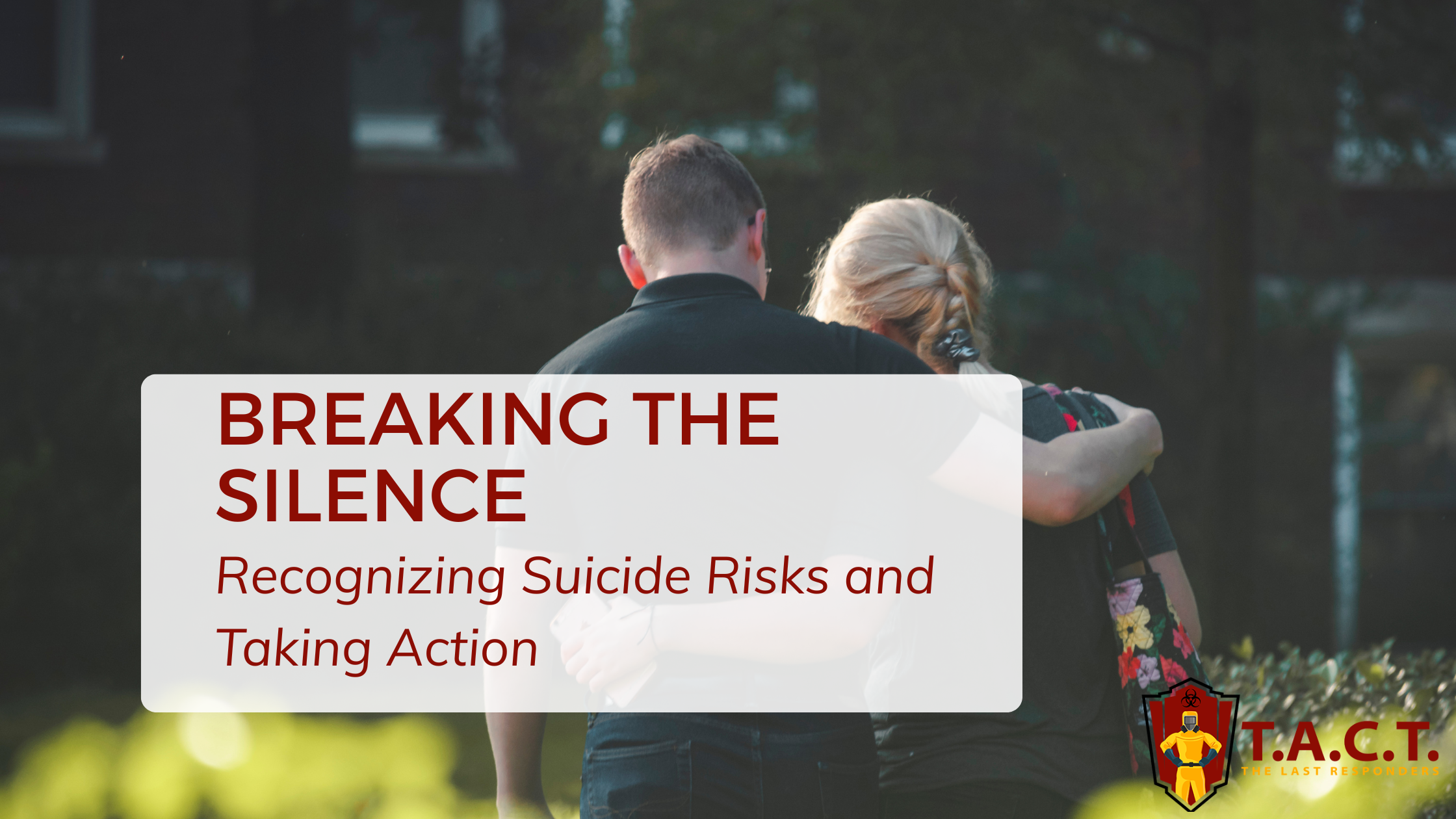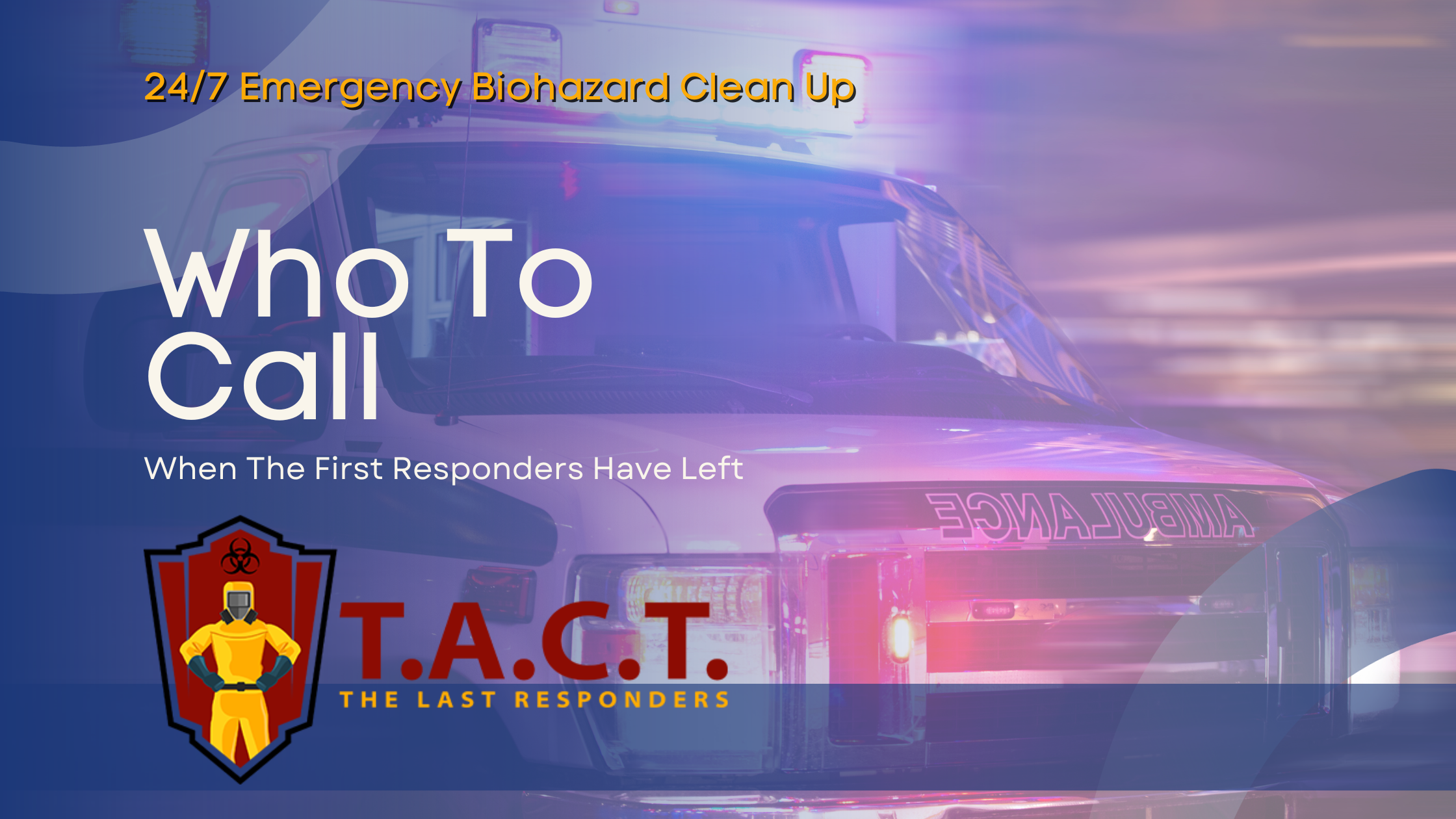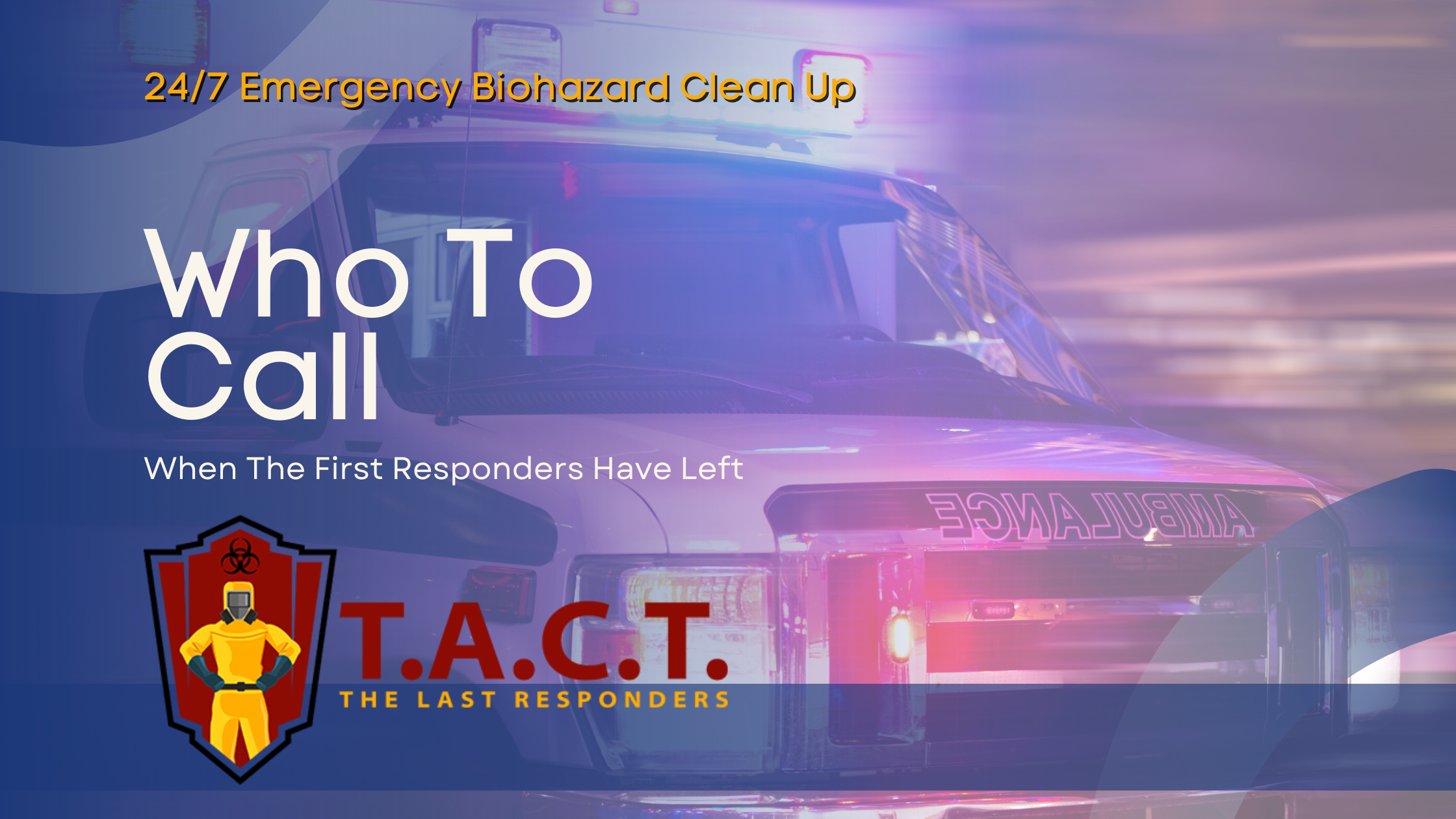Find effective and free help for hoarding a compassionate path way

Find Effective and Free Hoarding Help: A Compassionate Path Forward
Hoarding disorder is more common than many realize, often hidden behind closed doors and misunderstood by those who haven’t lived it. Recognizing a hoarding problem is the crucial first step toward seeking help and making positive changes. While it may seem like a problem of too much “stuff,” hoarding is a complex mental health condition that is often associated with other disorders, with wide-reaching effects on daily life, relationships, and personal well-being. Finding the right help for hoarding isn’t just about removing clutter; it’s about understanding, support, proven strategies, and progress toward recovery.
Whether you’re seeking support for yourself or a loved one, this guide highlights crucial steps and resources for tackling hoarding disorder with dignity and hope. Hoarding disorder can deeply affect the lives of those impacted, making support and intervention essential. You’ll find insights into the condition, learn about specialized help, discover the power of support groups, and explore ways to support loved ones. You’ll also find strategies for long-term improvement and sustainable recovery.
Understanding Hoarding Disorder
What Is Hoarding Disorder
Hoarding disorder is a mental health condition marked by a persistent difficulty discarding or parting with possessions, regardless of their actual value. This difficulty results in overwhelming clutter, which interferes with living spaces and daily activities. Many people mistakenly believe hoarding is simply a bad habit, when in fact, it’s a recognized disorder affecting as many as 1 in 20 people.
Symptoms of hoarding disorder include:
Excessive accumulation of items and difficulty letting go
Living spaces crowded and unusable for their intended purpose
Distress or anxiety at the thought of discarding items
Indecisiveness and difficulty organizing belongings
Strong emotional attachments to possessions
These symptoms often lead to significant difficulties, such as safety hazards, health risks, and emotional distress, which can impact daily functioning and social well-being.
Why Understanding the Root Matters
People hoard for different reasons. For some, items represent cherished memories. For others, it’s a fear of needing something in the future, or extreme anxiety around waste. Emotional trauma, psychological disorders, and environmental influences can all contribute to the development or worsening of hoarding behaviors. Hoarding often co-exists with anxiety, depression, trauma, or obsessive-compulsive disorder (OCD). Education and research help to clarify the unique features of hoarding disorder versus other mental health conditions, leading to better diagnoses and more tailored treatment.
Hoarding’s Impact on Life and Relationships
Hoarding can have a profound effect on every aspect of a person’s life. Clutter may block doors and windows, create safety hazards, and prevent repairs or cleaning. Social isolation is common, as embarrassment or shame stops the individual from inviting others into their home. The emotional toll can include depression, guilt, anxiety, and overwhelming stress. Hoarding can be emotionally overwhelming, leading to intense feelings of shame, embarrassment, and isolation that further contribute to social withdrawal and strained relationships with family and friends.
Seeking Help for Hoarding Disorder
Taking the First Step
Recognizing that hoarding is a disorder—not a personal failing—is vital for starting recovery. Seeking help is an act of courage. Taking this first step can empower individuals to regain control over their living environment and daily life. The earlier a person seeks support, the sooner they can start to rebuild their life.
Where to Find Help
Therapists & Counselors: Look for mental health professionals trained in hoarding disorder. Cognitive Behavioral Therapy (CBT), and specifically “CBT for hoarding,” is the gold standard in treatment.
Support Groups: Both in-person and online support groups offer understanding, encouragement, and shared experiences.
Specialized Organizations: Nonprofits and local task forces may offer free educational resources, outreach, or practical cleaning help.
Online Forums: These provide anonymity for those not ready to attend meetings but who need guidance and empathy.
Community Responders: Some cities have special units equipped to help with large-scale clean-ups in a compassionate, non-judgmental way.
For more information or to access services, contact these organizations or professionals directly.
Accessing Hoarding Resources
Hoarding disorder can feel overwhelming, not just for those directly affected but also for family members and loved ones who want to help. Accessing the right hoarding resources is a crucial step in addressing hoarding issues and building a foundation for lasting support and recovery. Whether you’re seeking help for yourself or someone you care about, knowing where to turn for reliable information and services can make all the difference.
Finding Reliable Information and Tools
When it comes to hoarding disorder, having access to accurate, up-to-date information is essential. The internet offers a wealth of resources, but it’s important to rely on trusted organizations and expert guidance. The International OCD Foundation (IOCDF) is a leading source, offering a comprehensive resource directory that connects individuals with therapists, clinics, treatment programs, and support groups specializing in hoarding disorder. These directories make it easier to find professionals and organizations with experience in addressing the unique challenges of hoarding.
Online support groups and forums can also be invaluable, providing a sense of community and understanding for those who may feel isolated. Other resources, such as the National Alliance on Mental Illness (NAMI) and the American Psychological Association (APA), offer helpful information, research, and advice for managing hoarding disorder. By seeking out these reputable sources, individuals and families can access the tools and knowledge needed to begin their journey toward recovery.
Connecting with Local and Online Services
Building a network of support is key to managing hoarding issues. Local services—such as therapists, support groups, and community organizations—offer in-person guidance and a personal touch. The IOCDF’s resource directory can help you locate these services in your area, making it easier to find the right fit for your needs. Online platforms, like Hoarders.com, expand access to a wider range of professionals, support groups, and educational materials, allowing individuals to connect with help from the comfort of their own home.
Community task forces and responders are also valuable resources, especially for those facing severe hoarding challenges. These organizations often work collaboratively to develop strategies, provide cleanup assistance, and offer ongoing support. By reaching out to both local and online resources, individuals can begin to manage their hoarding disorder, access professional guidance, and take meaningful steps toward recovery.
Utilizing Support Groups for Recovery
The Importance of Shared Experience
Support groups can be a lifeline for individuals with hoarding disorder. The value lies in sharing your story with others who truly understand the challenges. You’re not alone, and seeing others make progress fosters hope.
Safe Space: Confidentiality is respected, allowing honest conversations about struggles and victories.
Led by Experts: Many groups are facilitated by professionals who offer coping tools, behavioral strategies, and organizational advice.
Online Accessibility: Digital groups are perfect for those with mobility issues or social anxiety, making participation easier and more flexible.
Motivation and Accountability
Regular group meetings help members stay accountable to their goals, provide much-needed motivation, and celebrate both small and big milestones. Progress often comes in incremental steps; support groups offer consistent reinforcement throughout the recovery process.
Understanding and Supporting Loved Ones
Recognizing the Impact on Family
Family members and friends often experience frustration, worry, anger, or helplessness. Living with or caring about someone with hoarding disorder can be incredibly stressful. Loved ones sometimes feel responsible for “fixing” the situation, only to encounter resistance and conflict.
What Loved Ones Should Know
Educate Yourself: Learn about hoarding as a mental health disorder to better empathize and avoid blame.
Seek Support for Yourself: Family support groups offer guidance, encouragement, and a space to vent emotions.
Professional Counseling: Consider therapy tailored for families affected by hoarding to build coping skills and realistic expectations.
Be Patient and Compassionate: Recovery is rarely quick or linear. Your encouragement and understanding can make a significant difference.
How Loved Ones Can Help
Offer emotional support instead of judgment.
Set healthy boundaries for your own well-being.
Encourage small steps and celebrate progress.
Help connect the individual to professional help or local resources when appropriate.
Creating a Safe and Supportive Environment
A safe and supportive environment is essential for anyone working to overcome hoarding disorder. Recovery is not just about clearing clutter—it’s about creating a space where healing, growth, and positive change can take place. This involves addressing both the physical environment and the emotional well-being of those affected.
Making Home a Place of Healing
Transforming the home into a place of healing is a powerful step in the recovery process. For individuals struggling with hoarding disorder, a safe and comfortable living space can reduce stress and support emotional well-being. Professional clutter cleanup and organization services can help manage overwhelming spaces, while therapists and support groups provide guidance and encouragement for tackling hoarding issues.
Family members and loved ones play a vital role in this process. By offering compassionate support and avoiding judgment, they help create an environment where the individual feels understood and empowered to make changes. Developing strategies for maintaining an organized home—such as setting small, achievable goals and celebrating progress—can make a significant difference in daily life.
Additionally, connecting with helpful resources, such as local support groups and therapists who specialize in hoarding disorder, ensures ongoing support and accountability. With the right combination of resources, support, and understanding, individuals can begin to reclaim their space, improve their quality of life, and move forward on the path to recovery.
Sustaining Recovery and Improvement
Pathways to Long-Term Success
Recovery from hoarding disorder demands ongoing effort, but every small victory can be a turning point.
Strategies for Ongoing Recovery
Continue with therapy and support groups to maintain momentum.
Use checklists, calendars, and reminders to stick to decluttering routines.
Develop systems to organize new possessions right away.
Ask for help from community task forces or cleaning specialists if overwhelmed.
Reflect regularly on progress and setbacks to plan next steps.
The Importance of Celebrating Progress
Setbacks are normal. But celebrating each new corner cleared, each day spent welcoming others into your home, builds lasting motivation and hope.
Positive steps you can celebrate
Making your bed accessible again
Clearing walkways or shared spaces
Donating a box of items
Attending a support group for the first time
When to Seek Extra Support
If you or a loved one feels stuck, overwhelmed, or unsafe, don’t hesitate to bring in professional help. Emergency responders, trained counselors, and community agencies are equipped to step in compassionately.
Moving Forward with Compassion and Courage
Support and recovery for hoarding disorder depend on understanding, community, and persistence. We are glad you have found this page and the support it offers. By recognizing hoarding disorder as a real mental health challenge and reaching out for the right help, individuals and families can build safer homes, stronger relationships, and brighter futures. Take the brave step to explore support groups, professional help, and community resources. Every small change brings you closer to lasting relief.
If you’re ready to start, consider reaching out to a local therapist, joining an online support group, or contacting a community task force today. For more resources or to connect with a compassionate professional, visit our dedicated resources page. Training, trainings, and workshops are available for individuals, families, and professionals seeking to better understand and address hoarding disorder. Explore the links below or get in touch with our care team—we’re here to stand by you, every step of the way.
Meta data
Meta title
Find help for hoarding disorder and start recovery
Meta description
Learn about hoarding disorder, support groups, and treatment options so you or a loved one can find the right help and start on the path to recovery.
Latest news

Recognize the warning signs of suicide, learn how to help someone in crisis, and discover why speaking up—especially in July—can truly save lives.
Read More

